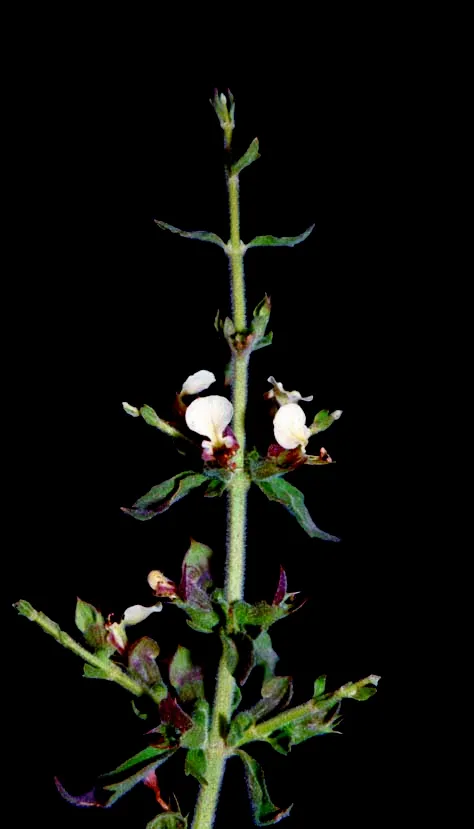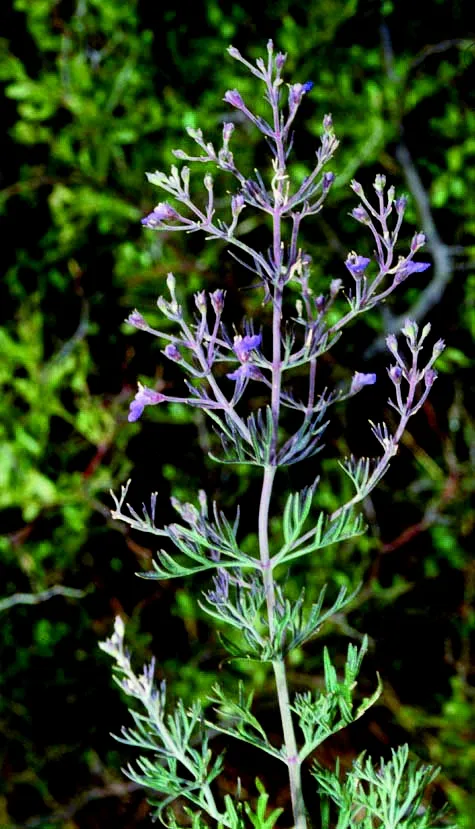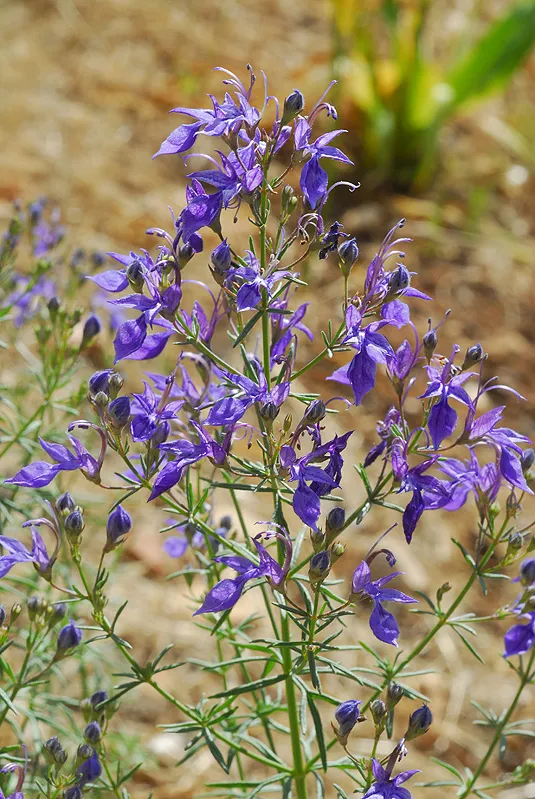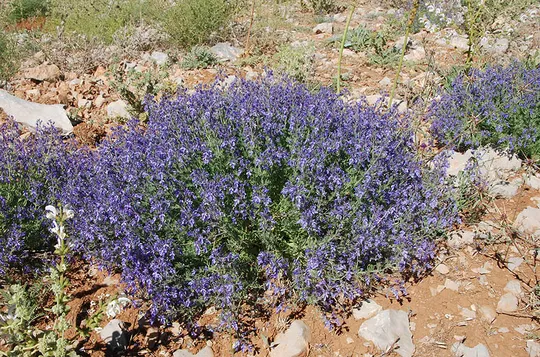Water Germander
Teucrium scordium
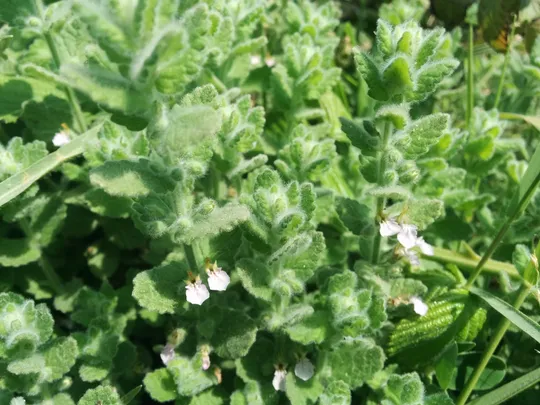
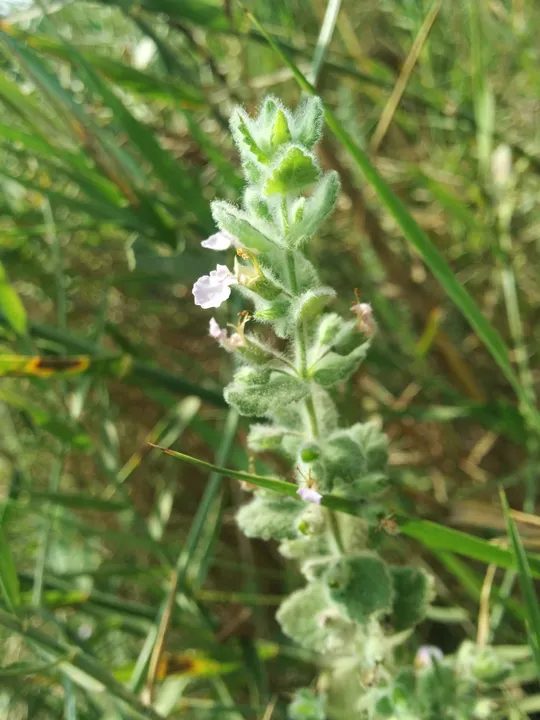
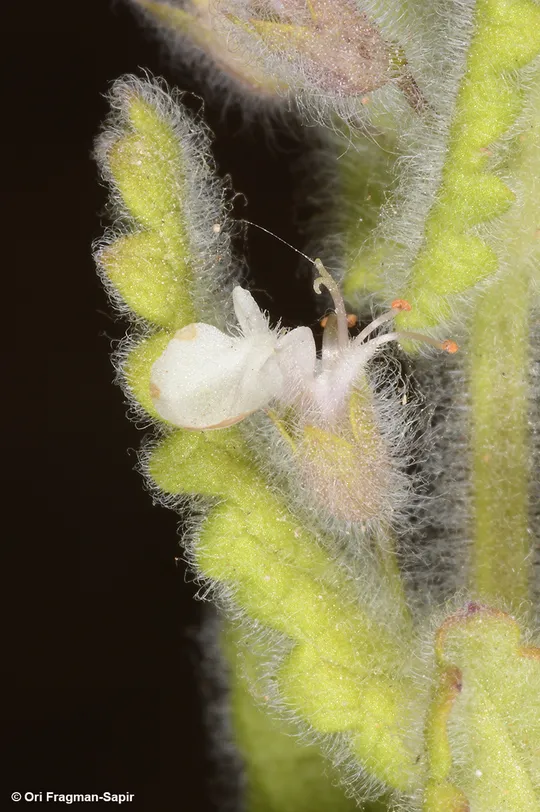
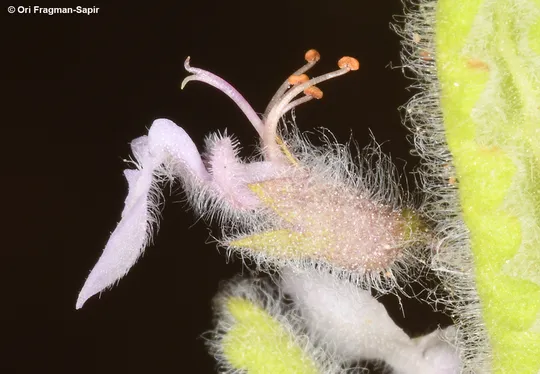
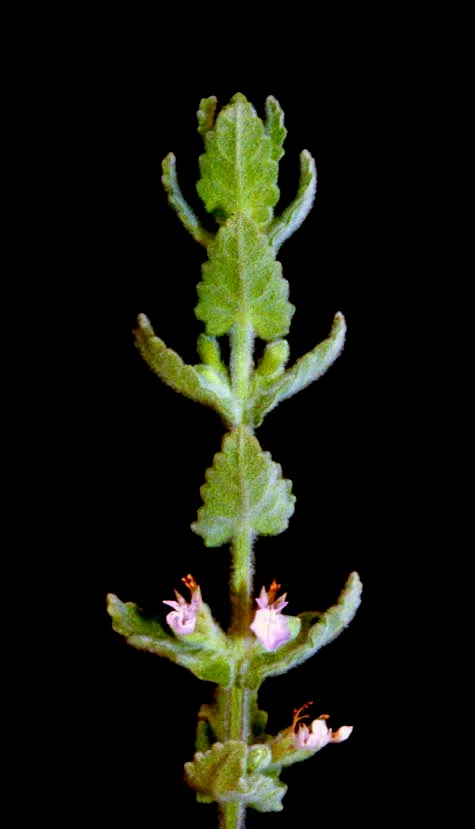
Teucrium scordium grows in six regions: the Hula Valley, Kinarot Valley, Akko
Valley, Carmel
Beach, Sharon and the Philistian Plain. Formerly it also grew in the Jezreel Valley and the Lower Galilee. The rare species survey did not find T. scordium in these regions, and it is probably now extinct there. The specimen from the Upper Galilee
is from Kfar Gil’adi, so it would be more accurate to ascribe it to the Hula Valley. In the Philistian
Plain it is known today only from the Enot Gibtun Reserve. It has been extinct for over sixty years from Wadi Sorek (Rubin) and from Bet Hanan. In terms of the number of sites, the species is more common only in regions of the Hula Valley, (more
than two sites per region).
Marshes, riverbanks and particularly in
water canals and edges of water pools. The plant is very sensitive to wetland pollution, and is an excellent indicator of the
quantity and quality of water in
the habitat.
For the genus, see Teucrium
parviflorum.
Teucrium scordium has become very
rare since the drainage of natural wetlands in the 1950s. It has completely disappeared from most sites
on the Coastal Plain, in the Lower Galilee
and the
Jezreel Valley. Large populations are known to exist today in Nuhela Springs (in the northern Hula Valley) and in Ahu
Binyamina (northern Sharon).
·
In the past (fifty years or more ago) at
least 31 different sites were recorded, but T. scordium has survived today only at 14 sites. The number of regions it was once found in compared
to the present, indicates a reduction in range and extinction.
·
The largest T. scordium population on the coastal plain that survived is in Ahu
Binyamina (200 to 1000 plants in 1996), which should therefore become the main preservation site for
the species.
A thorough survey
of the Kinarot and Hula Valleys should be made to find
sites where T. scordium grows and the size of the populations
should be estimated. The Ahu Binyamina population should be monitored and the Taninim Stream population should
be increased by rehabilitating suitable habitats for T. scordium, removing some plants and ensuring a suitable grazing regime.
Teucrium
scordium is found over extensive
areas of Eurasia in
the Northern Hemisphere: it grows in all the Mediterranean countries except Libya and Egypt; it
penetrates westwards into Europe to the Atlantic Ocean countries. In the Middle East it grows in all the northern countries – Syria, Lebanon, Turkey, Iraq and Iran, the Caucasus and the Black Sea coast to Central Asia.
Teucrium
scordium is a large perennial plant that
grows only in wetlands. It is a northern peripheral species
in Israel, and its southernmost sites reach the Ramle-Gedera area. T. scordium was
once a rather common wetland species, but today has
become relatively rare because of the vulnerability of its habitat. The population extinction rate over the past sixty years was very high, and therefore it
received the maximum vulnerability value. T. scordium is a good indicator of the
fate of clean and clear wetlands in the Mediterranean area of Israel: it was once a common species
(M. Zohary, pers. comm.) in most of the wetlands of the coastal plain, the Galilee valleys and the Jordan Valley. As a result of the destruction
of wetlands, pumping, drainage of springs and stream pollution it has become
a threatened species.
Current Occupancy Map
| 1000 squre meter pixel | 5000 squre meter pixel | 10000 squre meter pixel | |
|---|---|---|---|
| number of observations | 0 | 0 | 0 |
| in total pixels | 0 | 0 | 0 |
| Family | Lamiaceae |
| Classification | On the endangered species list |
| Ecosystem | Mediterranean humid |
| Chorotype | Mediterranean, Irano-Turanian (Euro- Siberian) |
| Conservation Site | Ahu Binyamina |
| Rarity |
1
2
6
|
|---|---|
| Vulnerability |
0
4
4
|
| Attractiveness |
0
0
4
|
| Endemism |
0
0
4
|
| Red number |
1
3.7
10
|
| Peripherality | N |
| IUCN category | DD EW EX LC CR EN VU NT |
| Threat Definition according to the red book | Vulnerable |
 Based on:
Based on:
